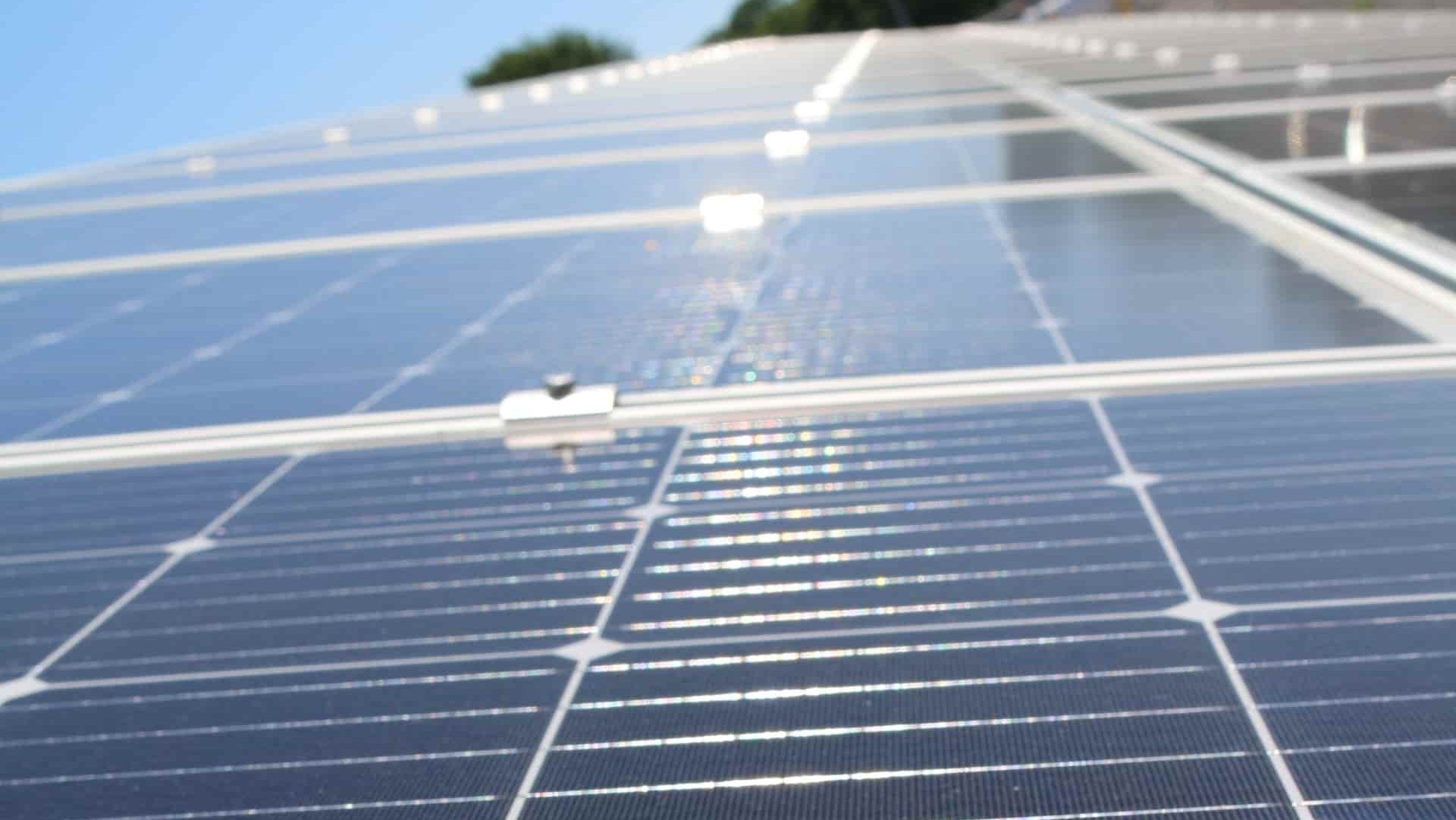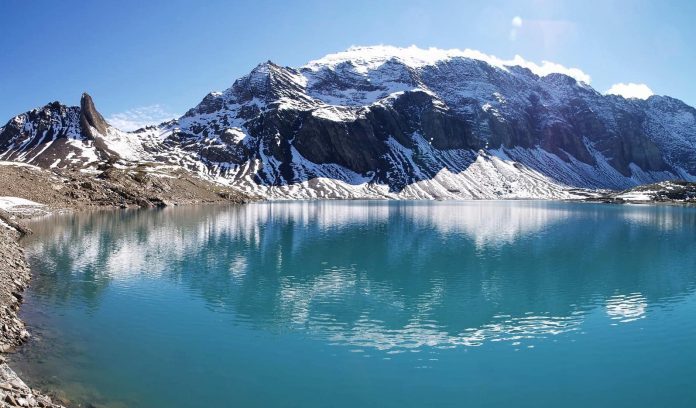A lengthy, winding array of solar panels has been installed along Switzerland’s longest dam. Because of the solar dam, the landlocked country is able to increase its renewable energy output during the colder months.
One of the advantages of the AlpinSolar project is that it is located at a high altitude, with the Lake Muttsee dam in the central Swiss canton of Glarus being over 7,800 feet (2,400 meters) above sea level and surrounded by snow-capped peaks.
Why do solar power plants in the mountains work so well?
One of the advantages of alpine solar plants is that, especially in winter, they produce up to three times more electricity than a comparable facility in the midlands,” says Jeanette Schranz, communications head for renewables at Swiss energy company Axpo.
A total of over 5,000 solar panels on the dam provide 3,300,000 kilowatt hours of electricity year, enough to power about 700 homes. The panels were installed last year, and work has already begun at the site.
According to Schranz, the lack of fog in the Swiss Alps during the winter means that solar panels receive more sunlight than they would in other parts of the country.
“Solar panels appreciate the cold and have a higher yield in cooler temperatures,” adds Schranz, “and the reflection from the snow also helps.”

Switzerland is relying heavily on solar power as it moves away from nuclear.
Axpo plans to deploy 4,200 solar projects in the mountains and lower-lying regions of Switzerland by 2030, and AlpinSolar is a part of that plan.
The government of Switzerland is also facilitating the widespread adoption of solar power. The federal parliament of the country revised the Energy Act last year to expedite the clearance procedure for new solar projects that aim to generate considerable amounts of energy throughout the winter.
The decision to abandon nuclear power is important to the push for alternative, environmentally friendly energy sources across the country. Parliament decided in June 2011 not to replace any existing reactors, and this was ratified by a referendum in 2017.
As Schranz explains, a diversified energy portfolio is essential for Switzerland to make the switch to renewable electricity. There’s potential for “a significant contribution” from “Alpine solar plants.”
























